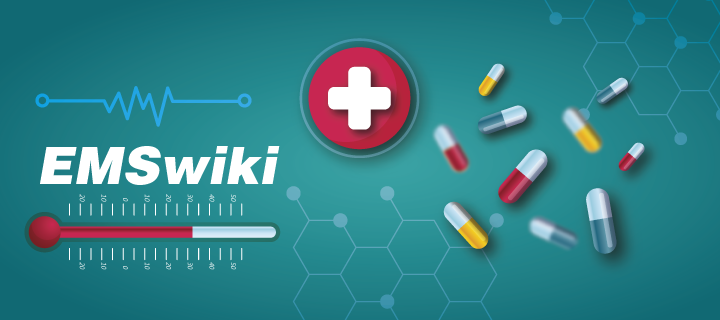
Pain therapy: a comprehensive guide
What is Pain Therapy? Let’s Find Out Together
Pain, an unwanted companion of many medical conditions, varies in intensity and persistence, profoundly affecting the quality of life. Pain therapy, or algology, is constantly evolving, offering hope and relief to those who suffer.
Understanding Pain: Acute vs Chronic
Pain manifests in two main forms: acute and chronic. Acute pain serves as a warning signal, indicating an infection or injury, and tends to improve with treatment of the underlying cause. On the other hand, chronic pain persists beyond the normal healing period, becoming a standalone condition that requires specific management. The latter can stem from conditions such as arthritis, fibromyalgia, or nerve damage (neuropathy).
Assessment and Treatment
The first step in pain management is accurate assessment, which may include blood tests, electromyography, imaging tests like X-rays and MRI, and nerve conduction studies. These tests help determine the cause of the pain and guide treatment choices.
Treatment options vary widely and may include medications, lifestyle changes, and therapies. Medications such as anticonvulsants for nerve pain and antidepressants can offer relief, as can opioids for acute pain, although the latter are prescribed cautiously due to the risk of dependence. Additionally, non-pharmacological treatments like transcutaneous electrical nerve stimulation (TENS) and nerve blocks can be effective for some types of pain.
Lifestyle and Alternative Therapies
Lifestyle changes play a crucial role in managing chronic pain. Stress, physical activity, diet, and sleep all influence pain and its perception. Regular physical activity, an anti-inflammatory diet, and adequate sleep can significantly contribute to reducing pain.
Alternative therapies such as acupuncture, aromatherapy, biofeedback, and meditation are gaining popularity as complements to conventional treatments, offering relief without the side effects of medications.
Pain therapy is a constantly evolving field, with new research continually expanding the options available to patients. A holistic and personalized approach to pain management, incorporating both medical treatments and lifestyle changes, can offer the maximum relief and improve quality of life. The key is to work closely with healthcare professionals to develop a treatment plan that fits individual needs.
Sources


